Paediatric Liver Diseases
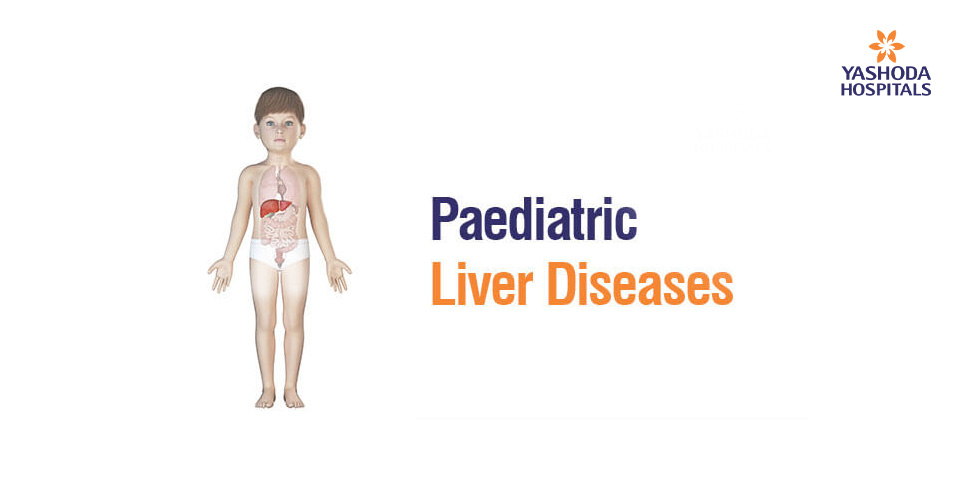
The liver is one of the largest organs in the body. It fills the upper right side of the abdomen inside the rib cage. The liver has many important functions, including filtering harmful substances from the blood so they can be passed from the body in stools and urine, making bile to help digest fats from food, storing glycogen (sugar), which the body uses for energy.
Baby Jaundice:
Jaundice is very common in newborn babies. Jaundice reaches its peak at about 4 days of life and then gradually disappears in most babies by the time they are two weeks old. Jaundice does not necessarily mean your baby is ill. Jaundice is caused by your baby having an increased level of bilirubin in their blood. It is important that jaundice is monitored to ensure that the bilirubin level does not get too high.
Prolonged Jaundice:
Sometimes jaundice continues after the baby is 14 days old in a full-term baby and 21 days in a premature baby. It is vital that the following is carried out:
Check the colour of your baby’s stool:
The stool of a breastfed baby should be green/daffodil yellow colour, the stool of a bottle fed baby should be green/English mustard colour. If your baby’s stool is pale, looks pale or chalky you must report this to your midwife or health visitor immediately. It could be a sign of liver Disease.
Check the colour of your baby’s urine:
The urine of a newly born baby should be colourless. If your baby’s urine is yellow and/or the stool is pale, this can indicate liver disease and you must report this to your midwife, health visitor or doctor. Do not wait until after 14 days if you notice this before.
What needs to be done?
It is important that your baby has a blood test called a split bilirubin blood test. This test measures the ratio of the conjugated and unconjugated bilirubin levels in your baby’s blood. If the conjugated fraction is greater than 20% of the total bilirubin it indicates liver disease. Your baby should be referred to a specialist paediatric liver unit for further investigation.
Cirrhosis in Children: Cirrhosis in paediatric patients causes normal areas of the liver to be surrounded by scarred areas that do not function properly. Cirrhosis in children often stems from a wide variety of liver disorders, including Hepatitis B and Hepatitis C.
Cirrhosis Diagnosis
If your child’s doctor suspects that your child has cirrhosis, he or she will perform tests to confirm or rule out the diagnosis. Tests may include:
Blood Tests – To assess how well the liver is working and determine a cause.
CT scan, Ultrasound, MRI Scan – To identify changes in the liver
Liver Biopsy – analyzing a sample of liver tissue removed via a thin needle inserted into the liver
Cirrhosis Treatment In general, cirrhosis cannot be cured or reversed, doctors treat it with the following goals:
- Controlling the cause of the liver damage
- Preventing additional damage
- Treating symptoms and complications
- Treating underlying medical conditions
Your child’s doctor may prescribe drugs to treat the underlying cause of the liver disease. Other medications may be used to control symptoms or fight infections. Some medications are prescribed to get rid of excess fluid in the body or reduce the risk of a blood vessel breaking. Others help your child’s body cut down on its absorption of harmful waste products or toxins. If
the complications of cirrhosis can no longer be controlled, or if the liver is in danger of no longer functioning, a liver transplant is often the best option. Many of the liver disorders that cause cirrhosis in children are not preventable, but there are precautions you can take. Make sure your child receives all recommended immunizations including influenza and hepatitis vaccines at the
times your paediatrician recommends. If your child needs to take medications that may damage
the liver, follow your doctor’s recommendations about blood tests. Balanced nutritional intake is important for people who already have cirrhosis of the liver can prevent or slow further liver damage by following their doctor’s instructions regarding diet. Your child may need extra calories to grow properly and to maintain adequate overall strength. If the cirrhosis is more advanced and compromises the liver’s ability to process protein properly, the doctor may recommend limiting protein. The doctor may also recommend limiting salt in your child’s diet, because salt tends to make the body retain water. They may also advise avoiding raw seafood. Make sure your child takes any vitamin supplements prescribed. Due to increased risk of infections, doctors recommend vaccines against flu, pneumonia, and hepatitis for people with cirrhosis.
News Credit: The Hindu

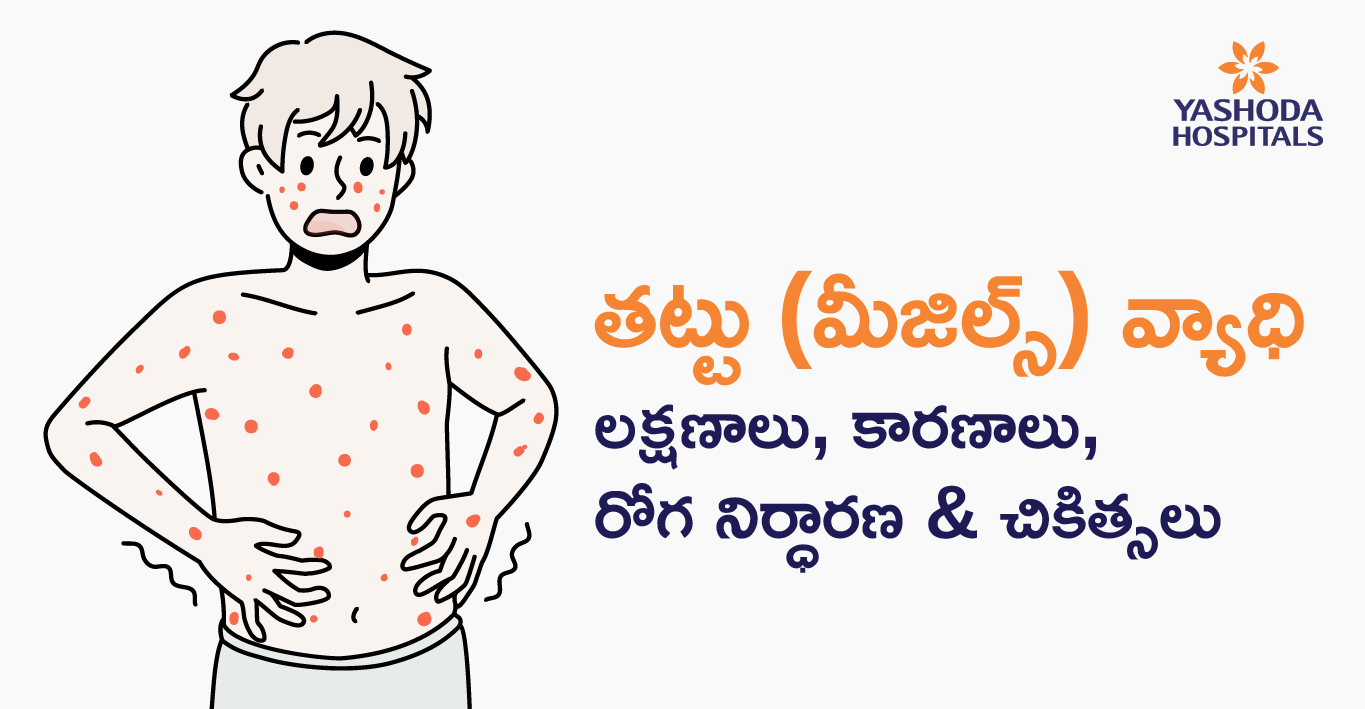
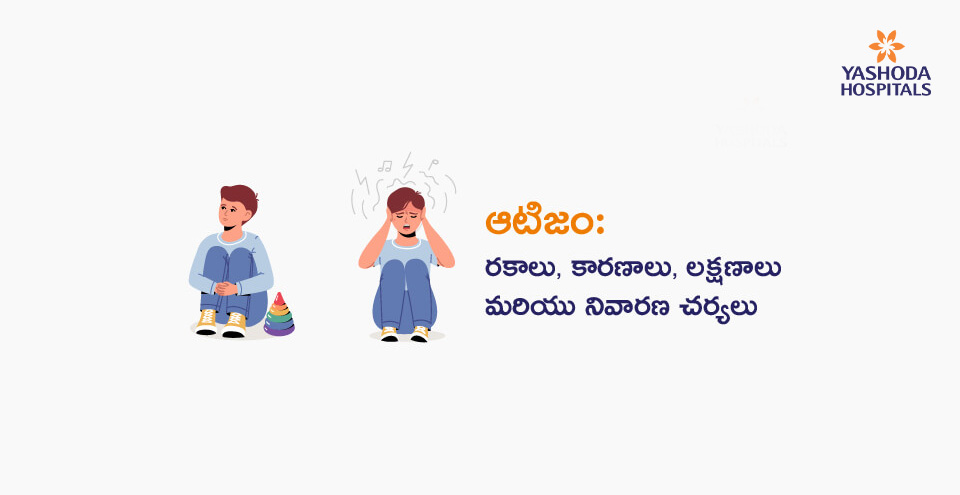

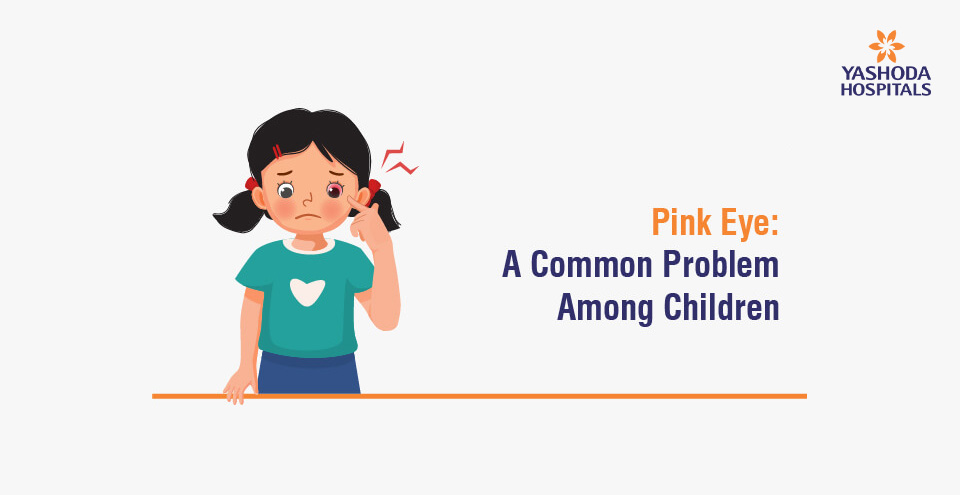

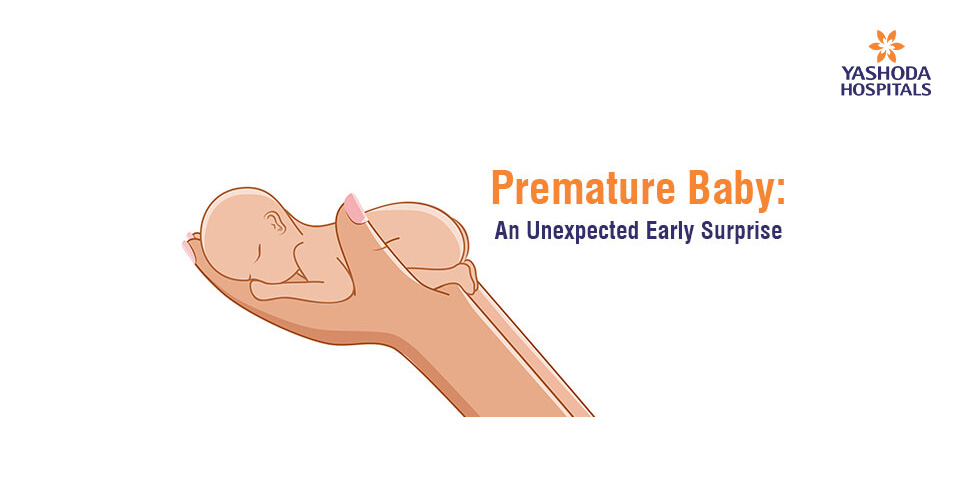
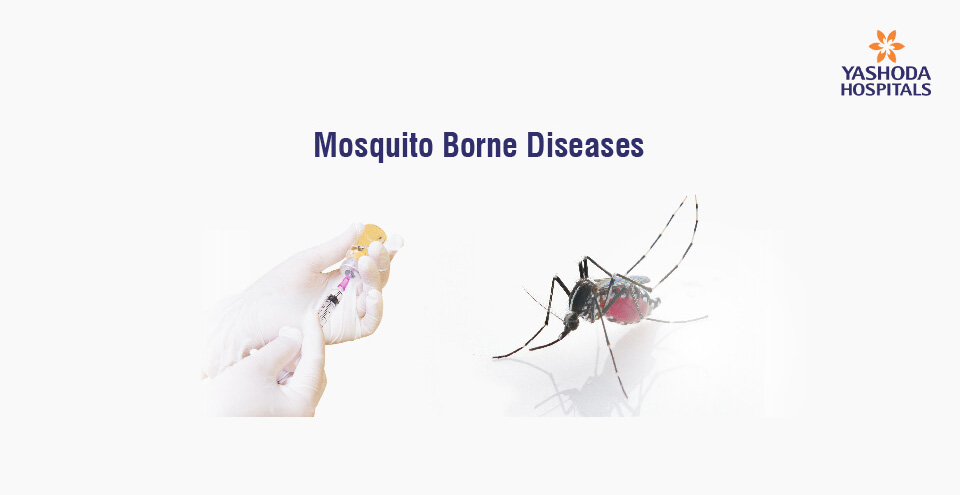
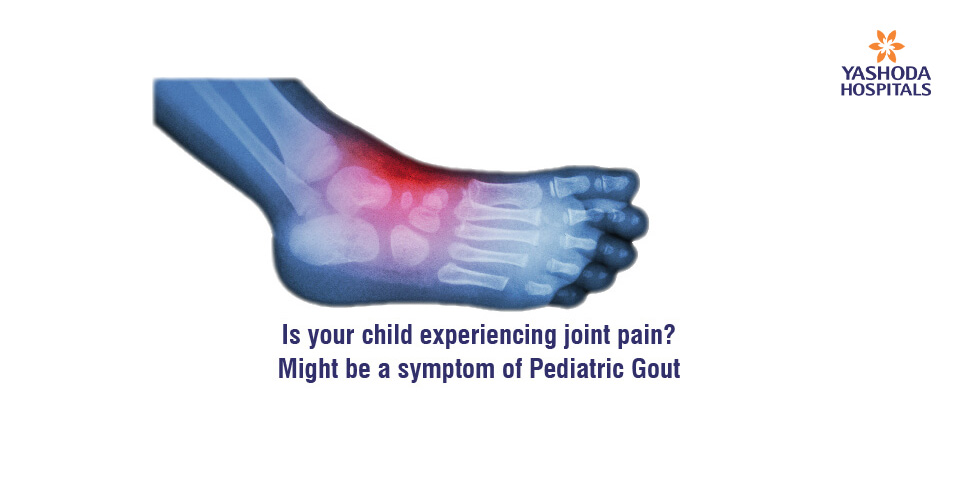
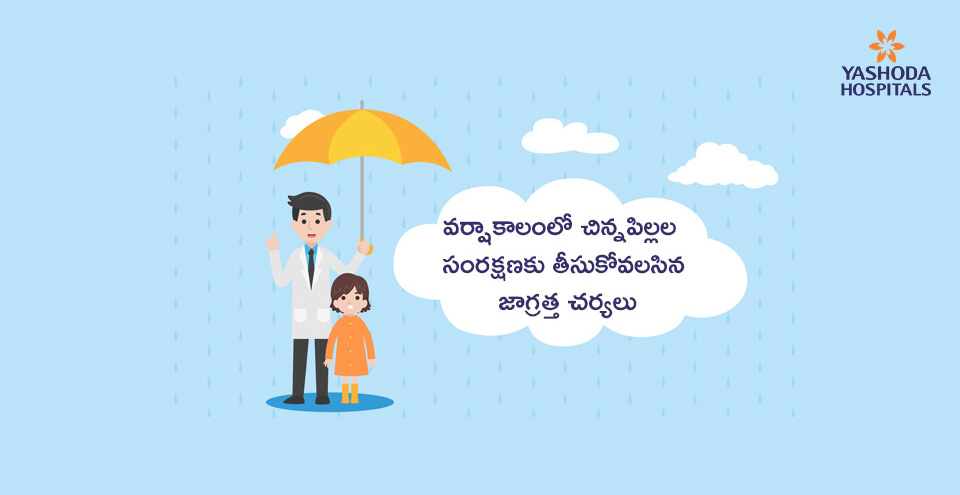
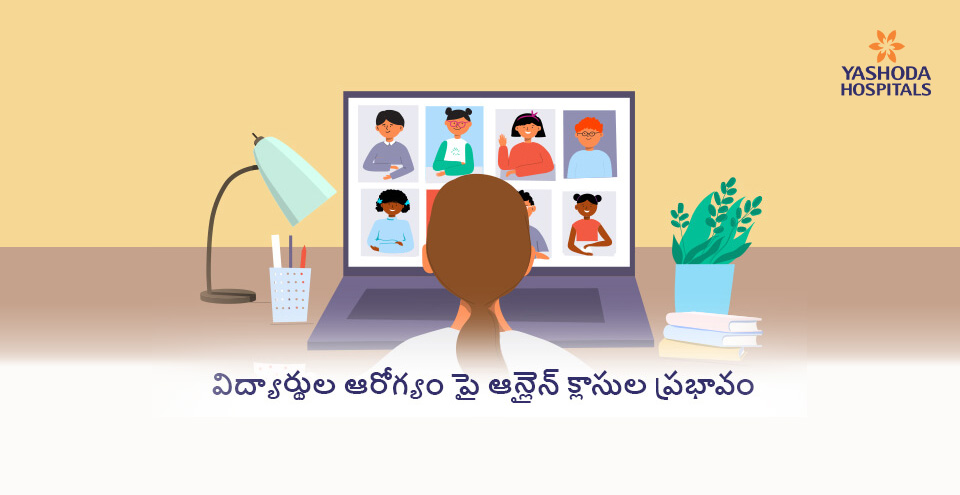
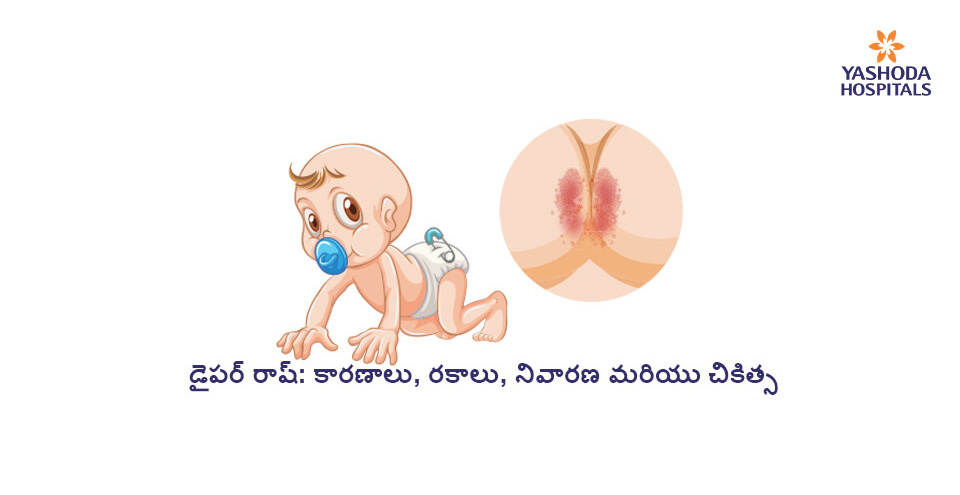
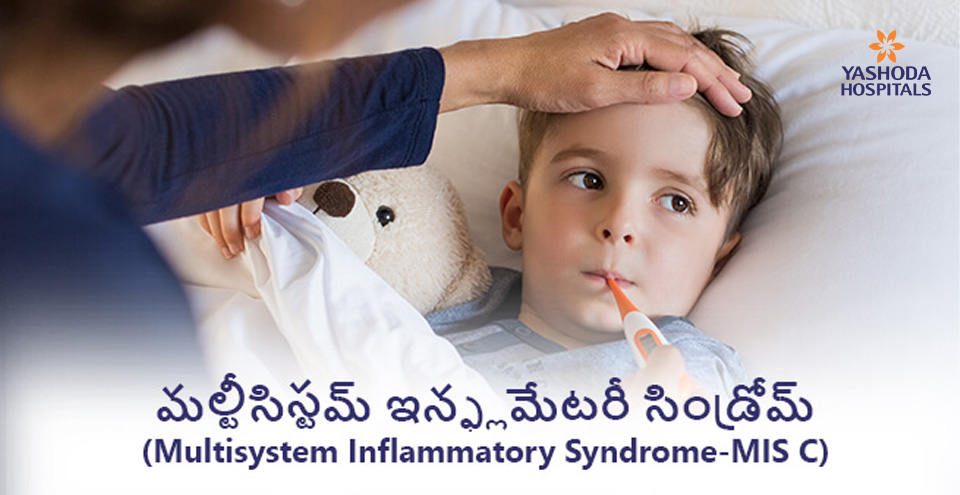





 Appointment
Appointment WhatsApp
WhatsApp Call
Call More
More

